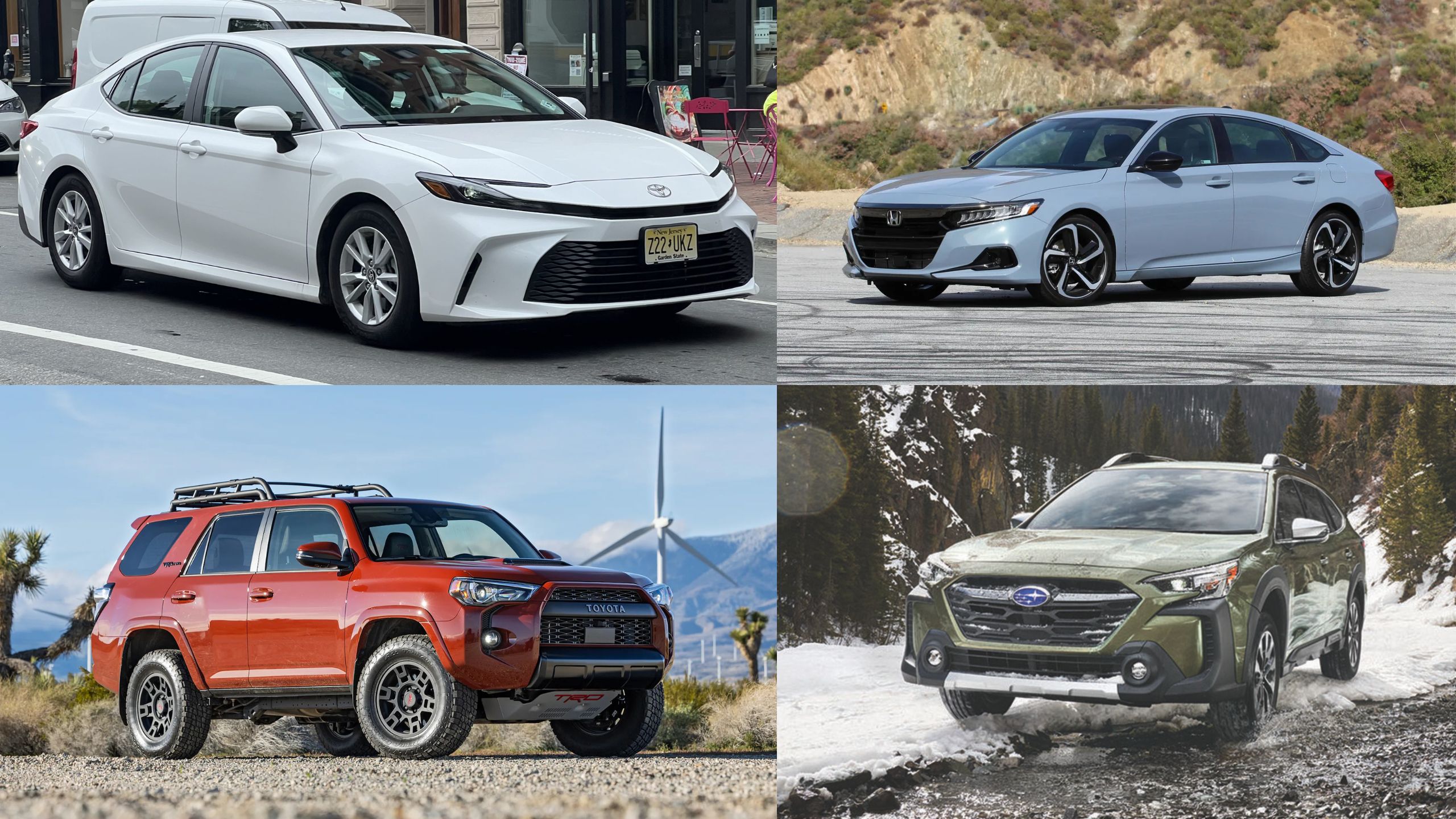When investing in a vehicle, longevity is often a top priority for budget-conscious consumers. Some cars have earned legendary status for their ability to keep running for decades with proper maintenance, while others might leave you stranded before you’ve even paid off the loan.
This stark contrast in reliability can mean the difference between a wise investment and a financial nightmare. The most reliable vehicles typically share common traits: simple, proven mechanical designs, quality manufacturing processes, and parts built to withstand the test of time.
Conversely, problematic models often suffer from experimental technologies, complex systems prone to failure, or fundamental design flaws that manifest after a few years of ownership. Understanding which vehicles fall into these categories can save you thousands of dollars and countless headaches.
5 Cars You Can Keep for 15+ Years
In this guide, we’ll explore five cars with exceptional track records for reaching the 15-year mark and beyond, as well as five notorious models that frequently experience premature mechanical failures that significantly shorten their usable lifespan.
1. Toyota Camry
The Toyota Camry stands as perhaps the quintessential example of automotive longevity, with countless examples cruising past the 300,000-mile mark with minimal fuss.
This mid-size sedan’s legendary status stems from Toyota’s unwavering commitment to reliable engineering and manufacturing excellence.
The Camry’s 2.5-liter four-cylinder and optional V6 engines are particularly noted for their bulletproof durability, often requiring little more than regular oil changes and basic maintenance to reach astronomical mileages.
What makes the Camry especially impressive is its ability to maintain this reliability across multiple generations, from the 1990s models to today’s more technologically advanced versions.
Toyota’s conservative approach to implementing new technology ensures that each component is thoroughly tested before making it to production, drastically reducing the likelihood of premature failures that plague more cutting-edge competitors.
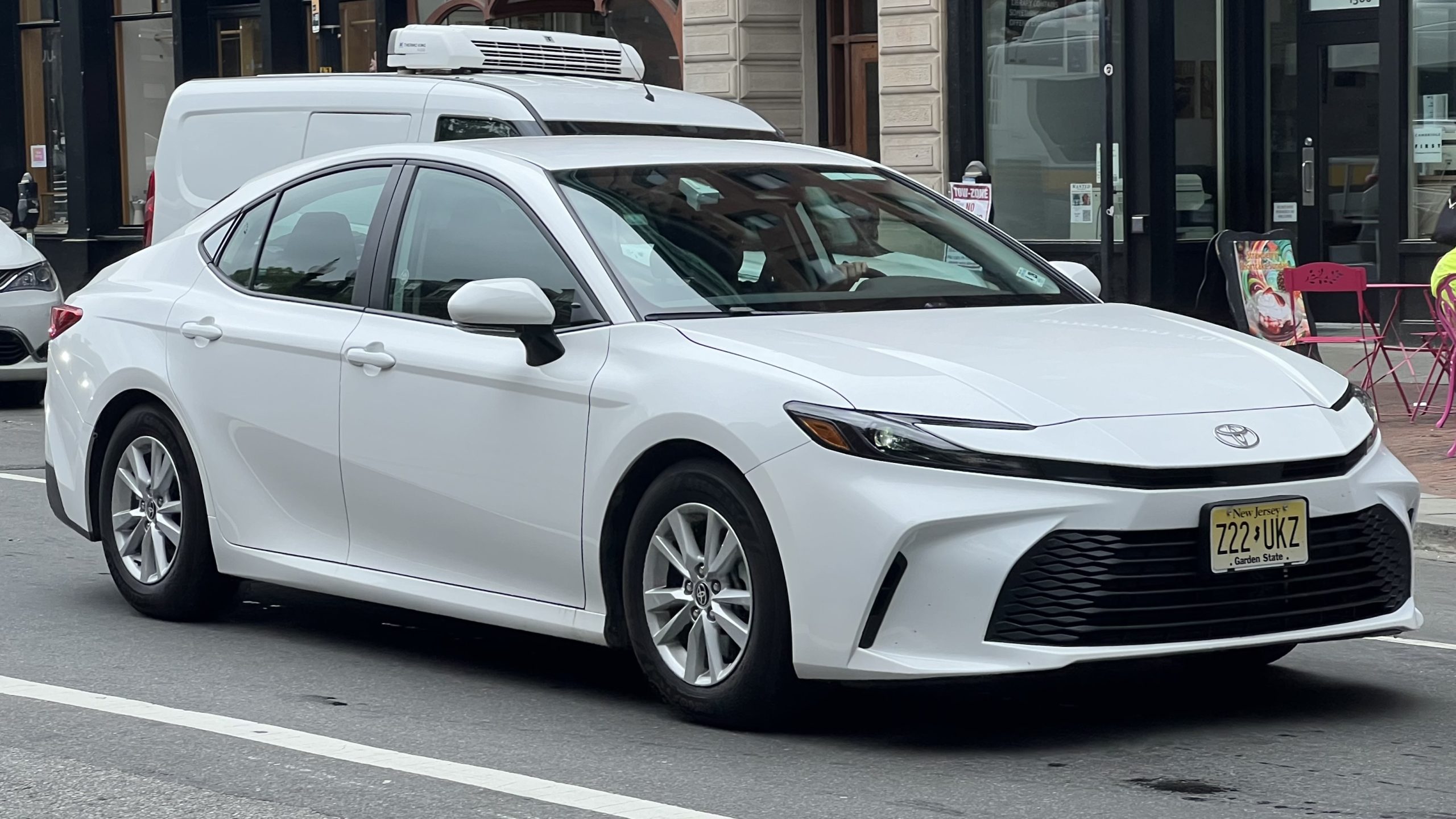
The Camry also benefits from one of the most extensive parts networks in the automotive industry, making maintenance affordable and accessible virtually anywhere.
This widespread parts availability, combined with straightforward mechanical designs that even novice mechanics can work on, contributes significantly to the car’s longevity.
Owner surveys consistently rank the Camry at the top for dependability, with many drivers reporting minimal issues even after a decade of ownership.
The car’s electrical systems, often the first to fail in modern vehicles, demonstrate unusual resilience against time and use. Interior components like switchgear and climate controls similarly stand the test of time, avoiding the premature wear that affects many competitors.
Perhaps most impressive is the Camry’s ability to withstand neglect. While regular maintenance is always recommended, these cars have a remarkable capacity to soldier on even when service intervals are stretched beyond recommendation—a true testament to their engineering integrity.
2. Honda Accord
The Honda Accord has built its reputation on exceptional engineering integrity that translates to decades of reliable service. This family sedan consistently delivers 200,000+ miles of trouble-free operation, with many examples easily surpassing the 300,000-mile threshold.
The secret behind this remarkable longevity lies in Honda’s meticulous approach to powertrain development, producing engines and transmissions that maintain their performance characteristics even after decades of use.
Honda’s legendary K-series and J-series engines found in the Accord are particularly noteworthy for their durability. These powerplants feature precision manufacturing tolerances and robust internal components that resist wear significantly better than competitors.
The timing chains (rather than belts) used in most Accord engines eliminate a common maintenance headache and potential point of failure that affects many other vehicles.
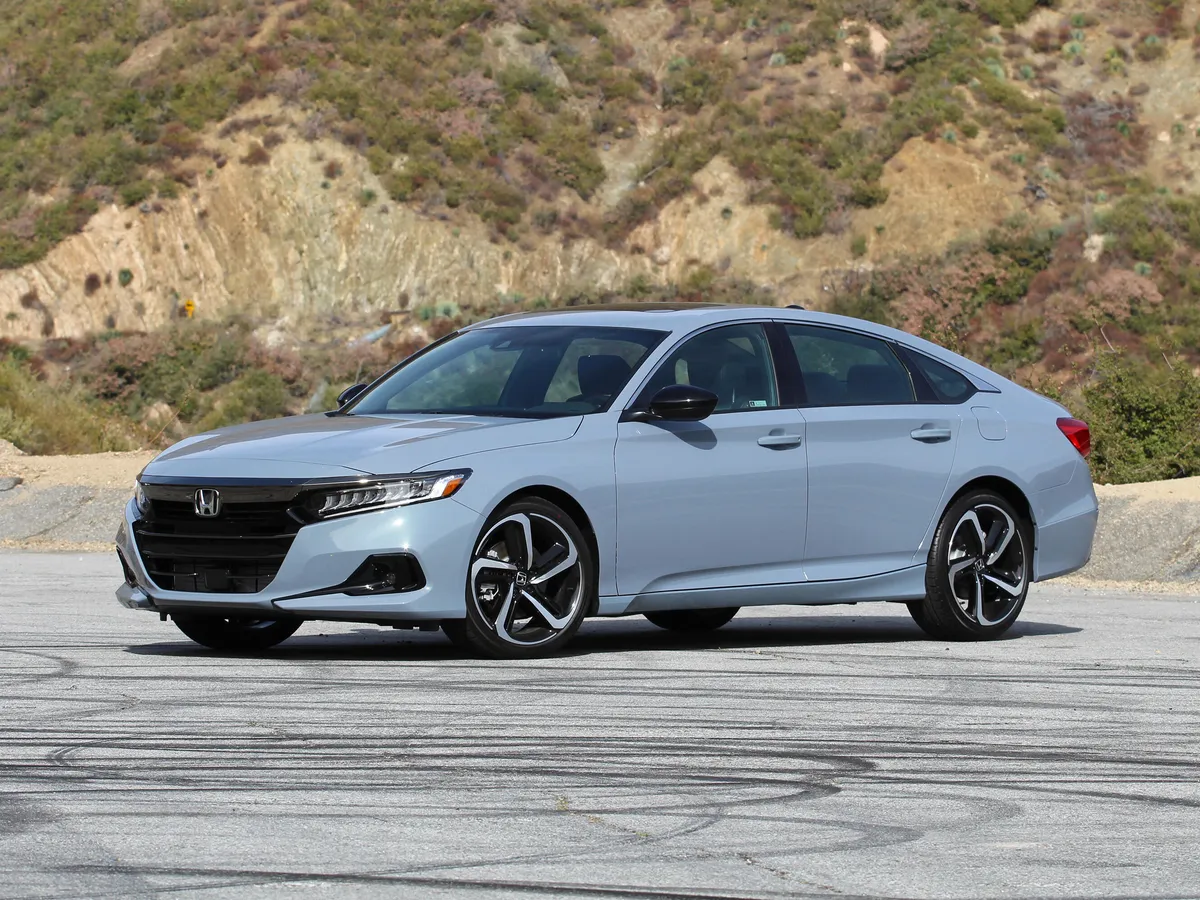
The Accord’s suspension components demonstrate similar longevity, with many owners reporting original parts lasting well beyond 150,000 miles—far exceeding industry averages.
This durability extends to the vehicle’s braking system, which typically requires only routine pad and rotor replacements rather than complete overhauls of calipers or hydraulic components.
Honda’s build quality is especially evident in the Accord’s electrical systems. While many modern vehicles suffer from electronic gremlins as they age, the Accord’s wiring, sensors, and control modules demonstrate remarkable resistance to failure.
This reliability extends to interior components as well, with switches, handles, and seat mechanisms that maintain their functionality well beyond the decade mark.
Perhaps most impressively, the Accord maintains its structural integrity even after years of service. Body panels resist corrosion effectively, and chassis components maintain their alignment specifications far longer than in many competing vehicles.
This structural durability not only contributes to longevity but also preserves safety characteristics, a crucial consideration for long-term ownership.
Regular maintenance remains essential, but the Accord’s forgiving nature means it can withstand occasional service delays without catastrophic consequences, making it an ideal choice for owners seeking maximum return on their automotive investment.
3. Lexus ES
The Lexus ES represents the pinnacle of luxury vehicle longevity, consistently demonstrating the capacity to surpass 250,000 miles while maintaining its comfort and refinement.
Based on Toyota’s proven engineering principles but raised with additional quality control measures, the ES combines the reliability of mainstream vehicles with the durability demands expected from a premium offering.
This sedan’s reputation for longevity stems from Toyota’s commitment to thorough testing and conservative engineering refinements rather than revolutionary but untested technologies.
The ES’s powertrain deserves particular attention for its extraordinary durability. The 3.5-liter V6 engine commonly found in these vehicles is renowned for its smooth operation and remarkable resilience against wear.
The engine’s design prioritizes longevity through features like robust bearing surfaces, precision-balanced rotating assemblies, and sophisticated cooling systems that prevent the thermal stress that often leads to component failures in other luxury vehicles.
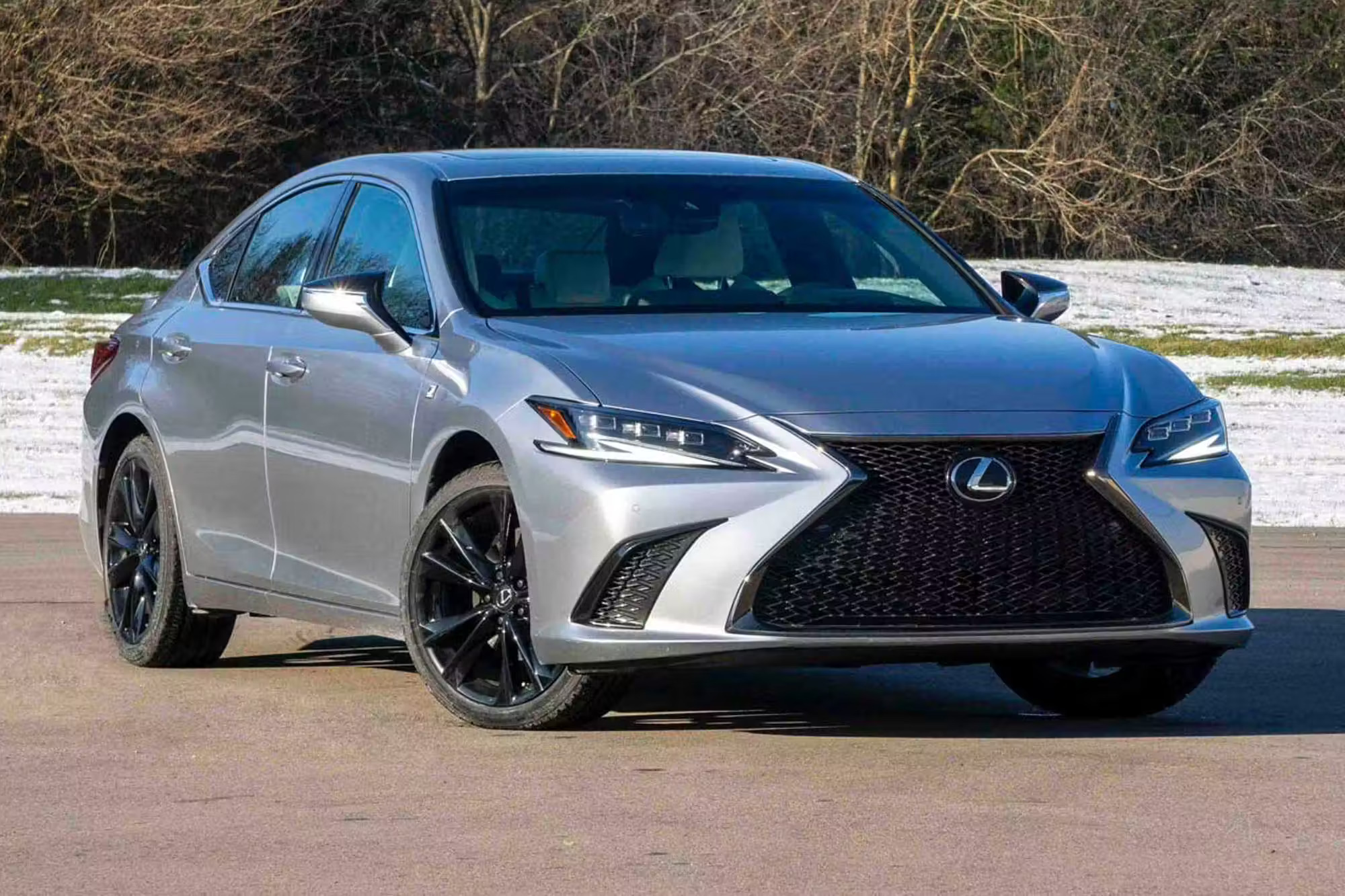
What separates the ES from other luxury contenders is its electrical system reliability. While competitors often suffer from electrical gremlins as complex systems age, the ES’s electronic components demonstrate remarkable stability over time.
The climate control systems, infotainment interfaces, and safety electronics typically continue functioning properly long after the vehicle has crossed the decade threshold a rarity in the luxury segment.
Interior quality contributes significantly to the ES’s longevity perception. The cabin materials resist wear exceptionally well, with leather surfaces, wood trim, and touch points maintaining their appearance and functionality far longer than in competing luxury vehicles.
This resistance to deterioration means that even 15-year-old examples can maintain a premium feel that owners appreciate. The ES also benefits from Lexus’s legendary dealer service experience, which encourages regular maintenance that extends vehicle life.
The comprehensive service programs and meticulous inspection protocols catch potential issues before they develop into serious problems, contributing significantly to the vehicle’s long-term viability. This combination of inherent durability and preventative care creates the perfect conditions for exceptional longevity.
4. Toyota 4Runner
The Toyota 4Runner stands as a monument to mechanical overengineering, regularly achieving mileages that would constitute multiple lifetimes for lesser vehicles.
This mid-size SUV’s body-on-frame construction provides inherent durability advantages that unibody competitors simply cannot match. The separate chassis design distributes stresses more effectively, preventing the structural fatigue that often leads to premature retirement of other SUVs.
The 4Runner’s powertrains are legendary for their durability, particularly the 4.0-liter V6 engine that powers recent generations. This powerplant features a cast iron block and aluminum heads, a combination that provides both strength and heat dissipation capabilities.
The engine’s relatively low-stress tuning prioritizes reliability over maximum performance, allowing for hundreds of thousands of trouble-free miles. Similarly, the transmission and transfer case components are overbuilt to withstand decades of use, even under demanding off-road conditions.
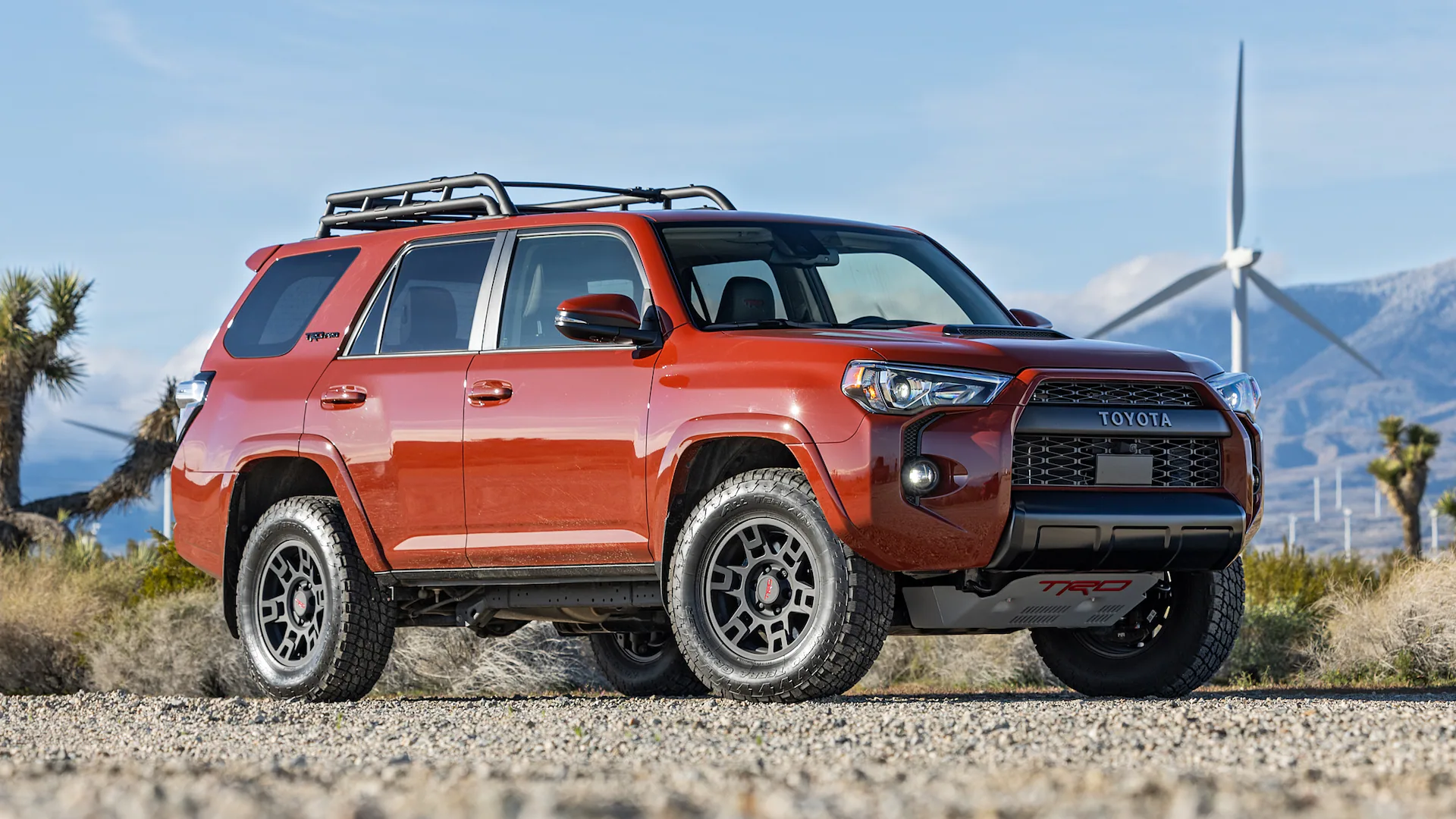
Four-wheel drive components in the 4Runner deserve special mention for their exceptional longevity. The locking differentials, low-range gearboxes, and drive shafts are engineered to withstand abuse that would destroy similar components in competing vehicles.
This robustness extends to the suspension system, with heavy-duty shocks, springs, and control arms that maintain their geometry and performance characteristics far longer than industry norms.
What truly sets the 4Runner apart is its corrosion resistance. Toyota’s advanced rust-protection measures and careful material selection ensure that frame rust the terminal diagnosis for many older SUVs, rarely becomes an issue even in harsh winter climates.
This corrosion resistance, combined with durable mechanical components, explains why so many 4Runners from the 1990s and early 2000s remain in active service today.
The 4Runner’s simplicity relative to modern crossovers contributes significantly to its longevity. With fewer electronic systems to fail and more straightforward mechanical designs, there’s simply less that can go wrong over time.
When maintenance is required, the vehicle’s thoughtful design provides easier access to components compared to more cramped modern alternatives, encouraging regular service that extends useful life.
Also Read: 5 Base Models That Are Surprisingly Durable and 5 That Are Barely Usable
5. Subaru Outback
The Subaru Outback has earned its reputation for exceptional longevity through a combination of rugged engineering and all-weather capability that keeps these vehicles running long after competitors have been retired.
The Outback’s unique boxer engine configuration, with horizontally opposed cylinders, provides inherent balance that reduces vibration-related wear on internal components. This engine design, combined with Subaru’s conservative power outputs, creates powertrain conditions ideal for extended service life.
What truly distinguishes the Outback is its symmetrical all-wheel-drive system, engineered with remarkable mechanical simplicity compared to the electronic-dependent systems found in many modern vehicles.
This simplicity translates directly to longevity, with fewer components that can potentially fail. The system’s ability to distribute power efficiently also reduces strain on individual drivetrain components, extending their useful service life well beyond the 200,000-mile mark commonly seen in owner reports.
The Outback’s suspension system deserves particular attention for its durability. The long-travel design not only provides comfortable on-road performance but also absorbs the impacts of rough terrain without transmitting excessive stress to chassis components.
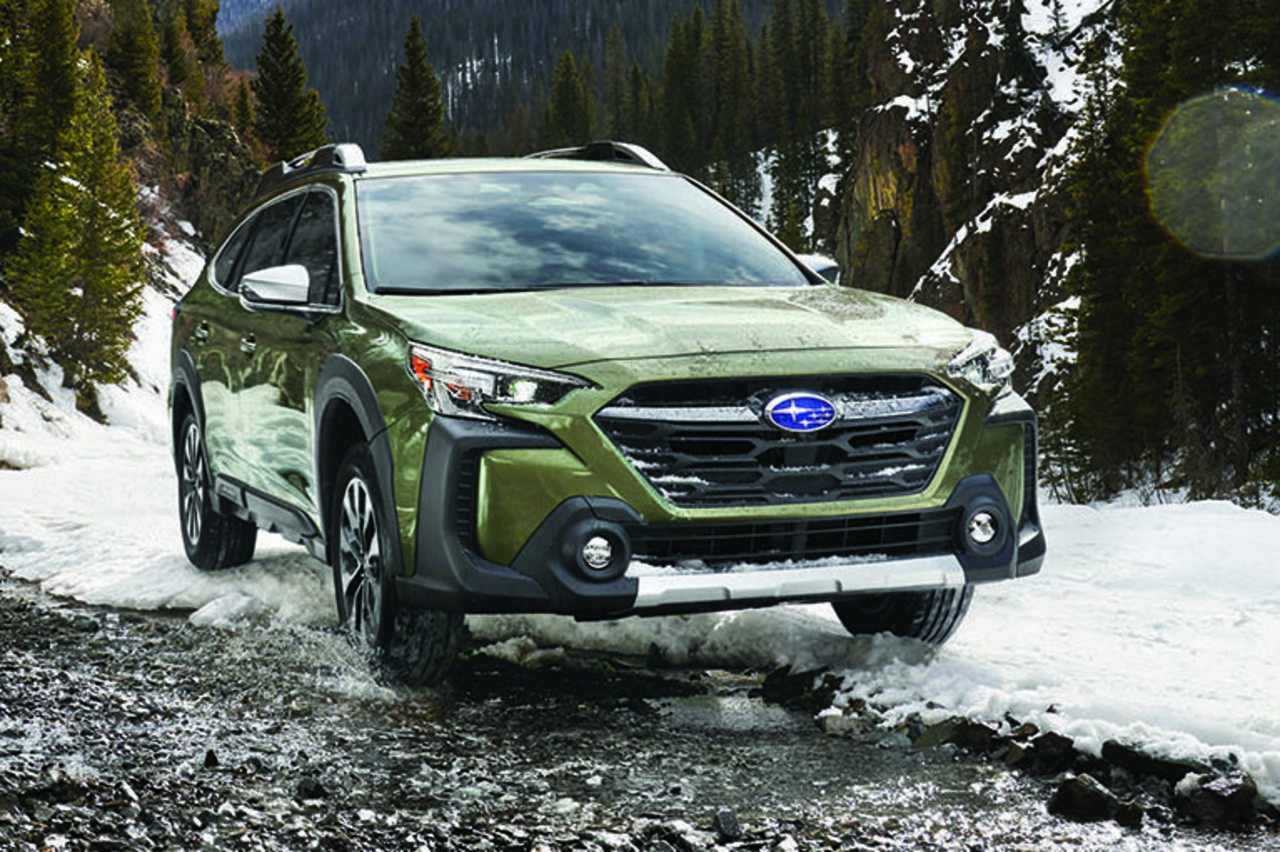
This capability, combined with robust subframe mounting points, means the vehicle maintains its handling characteristics and alignment specifications far longer than many competitors that develop creaks and steering issues as they age.
Subaru’s approach to rust prevention has improved dramatically over the generations, with modern Outbacks demonstrating excellent corrosion resistance even in harsh winter environments where road salt takes a heavy toll on lesser vehicles.
This protection extends to underbody components and exhaust systems, which typically outlast those found in competing vehicles by significant margins. Perhaps most impressively, the Outback maintains its safety integrity over extended periods.
The vehicle’s structural design and passive safety systems continue to provide protection even after a decade of service, with crash test performance that degrades far less than in many other aging vehicles.
5 Cars That Break Within 5 Years
This long-term preservation of safety characteristics provides additional value for owners committed to maximizing their vehicle’s service life through proper maintenance and care.
1. Range Rover (Recent Models)
The Range Rover represents a paradoxical automotive experience: stunning luxury and capability undermined by persistent reliability issues that often emerge well before the 60,000-mile mark.
Despite commanding premium prices often exceeding $100,000, these British luxury SUVs have developed a notorious reputation for premature mechanical and electrical failures that can transform ownership into a continuous cycle of dealership visits and expensive repairs.
The vehicle’s air suspension system is perhaps its most problematic component, with compressors and airbags frequently failing after just 3-4 years of ownership.
When these systems fail, they often leave the vehicle sitting awkwardly on its emergency springs, requiring repairs costing several thousand dollars. Similarly, while impressive when functioning frequently, the electronic terrain response system develops faults in its complex network of sensors and actuators, leaving owners with significantly diminished off-road capability.
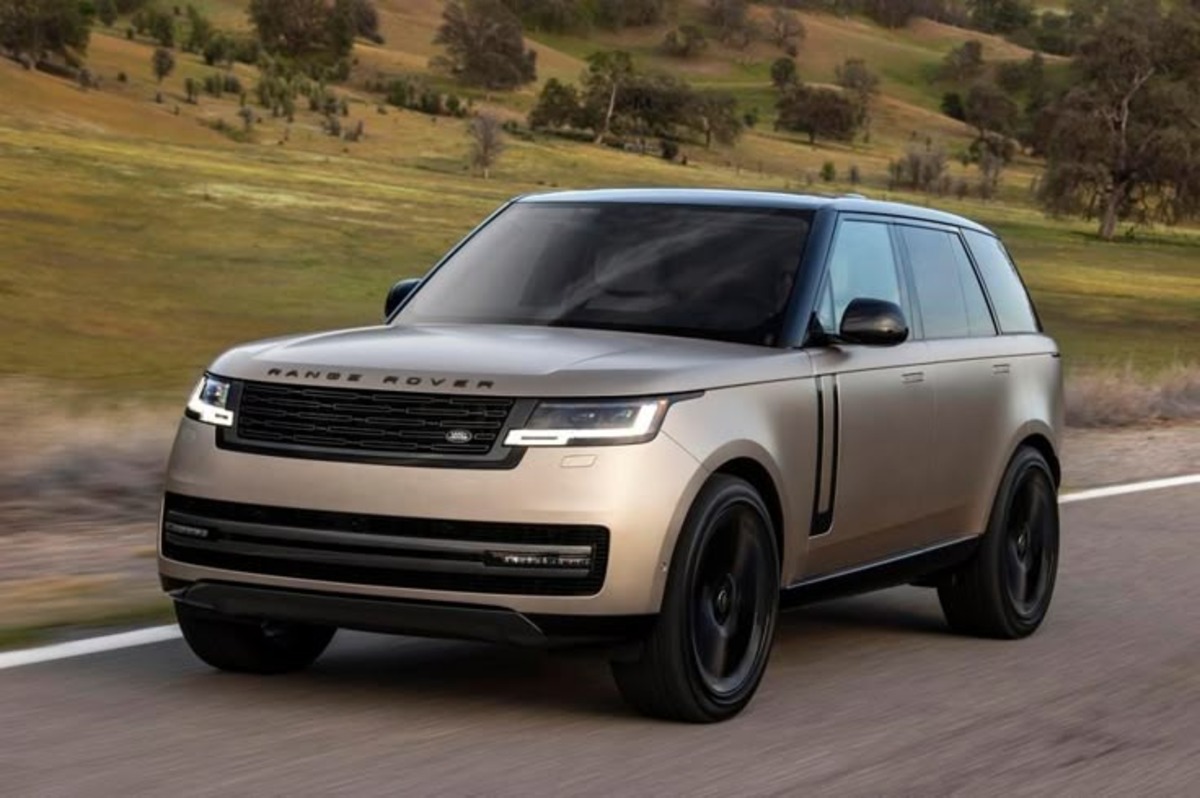
The Range Rover’s electrical system presents a particularly troubling area of concern. Owners regularly report mysterious battery drains, infotainment system failures, and non-functioning climate controls.
The complexity of the vehicle’s electronic architecture means that diagnosing these issues often requires specialized equipment and technical expertise, translating to service bills that quickly reach into four figures for relatively minor issues.
Powertrain problems further compound the Range Rover’s reliability concerns. The sophisticated V6 and V8 engines, while powerful and refined, frequently develop oil leaks from timing cover gaskets and valve covers well before the 50,000-mile mark.
Transmission issues are similarly common, with valve body failures and electronic control unit malfunctions leading to erratic shifting patterns and, in some cases, complete failure requiring full replacement.
Perhaps most frustrating for owners is the vehicle’s tendency to develop multiple unrelated issues simultaneously, creating situations where resolving one problem merely reveals another waiting in the wings.
This cumulative effect, combined with parts availability challenges and high labor rates at dealerships, creates a perfect storm of ownership frustration that frequently leads disappointed owners to trade their vehicles long before the five-year mark, often at significant financial loss due to the model’s poor depreciation performance.
2. Fiat 500
The Fiat 500 embodies the classic conflict between charming Italian design and troubling reliability realities. This compact city car wins hearts with its retro styling and urban maneuverability, but frequently breaks those same hearts with premature mechanical failures that can begin surfacing within the first 30,000 miles.
The model’s reliability woes stem from a combination of questionable engineering decisions and inconsistent manufacturing quality that plague even meticulously maintained examples.
The 500’s powertrain presents its most significant weakness, with the 1.4-liter MultiAir engine developing numerous issues that compromise both performance and reliability. Oil consumption problems frequently emerge after just 2-3 years of ownership, with some vehicles requiring a quart of oil every 1,000 miles, far exceeding normal consumption rates.
More concerning are the premature failures of the timing belt system, which can occur without warning and result in catastrophic engine damage requiring complete replacement at costs often exceeding the vehicle’s depreciated value.
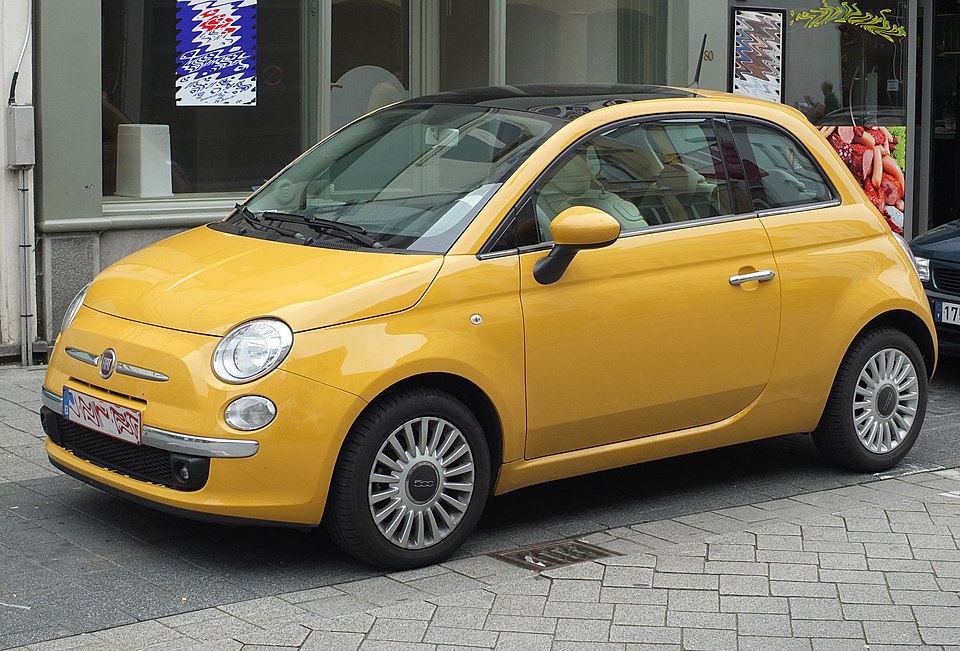
Electrical gremlins plague the Fiat 500 with frustrating consistency. Common issues include failing window regulators, erratic dashboard displays, and malfunctioning key fobs that can leave owners temporarily unable to access their vehicles.
The car’s body control module responsible for managing various electrical functions demonstrates particular fragility, with failures often manifesting as multiple simultaneous electrical malfunctions that require specialized diagnostic equipment to address.
Transmission problems represent another significant concern for 500 owners, particularly in vehicles equipped with the automated manual transmission.
This transmission design, which essentially automates a manual gearbox rather than using a traditional automatic design, frequently develops jerky shifting characteristics and clutch failures well before 60,000 miles.
Replacement costs for these units can easily exceed $3,000 a substantial percentage of the car’s residual value after a few years of depreciation.
Perhaps most troubling is the 500’s structural durability concerns, with many owners reporting premature suspension component failures, excessive chassis flexing, and interior trim pieces that detach without provocation.
Water leaks are similarly common, with poorly sealed windshields and sunroofs allowing moisture intrusion that damages interior components and promotes corrosion in critical structural areas, further reducing the vehicle’s already limited lifespan.
3. Chrysler 200
The Chrysler 200 represents one of the most problematic midsize sedans of recent years, with a troubling pattern of premature mechanical failures that frequently emerge before the 60,000-mile mark.
Despite a stylish exterior design and competitive feature list, this sedan’s fundamental engineering shortcomings created an ownership experience characterized by frequent dealership visits and mounting repair costs that often lead to early vehicle abandonment.
Transmission issues stand as the 200’s most notorious problem, particularly in models equipped with the 9-speed automatic transmission. This complex gearbox frequently develops erratic shifting patterns, hesitation during acceleration, and complete failures requiring replacement.
The transmission’s electronic control module presents another common point of failure, with software glitches causing unpredictable behavior that significantly compromises driveability and safety. Many owners report multiple transmission replacements within the first five years an almost unheard-of requirement in modern vehicles.

The 200’s electrical system presents another troubling area of concern. Owners frequently experience random stalling, no-start conditions, and inoperative electronic accessories stemming from poorly designed wiring harnesses and connectors that develop high resistance over time.
The vehicle’s power steering system, an electric design rather than traditional hydraulic, similarly demonstrates poor reliability, with complete failures leaving drivers struggling to control the vehicle until replacement components can be installed.
Interior quality issues further diminish the ownership experience, with dashboard materials that crack prematurely, seat fabrics that wear through at stress points, and trim pieces that detach without warning.
More concerning are the frequently reported water leaks around windshields and sunroofs, which can damage critical electronic control modules concealed behind the dashboard and lead to cascade failures across multiple vehicle systems.
Perhaps most troubling is the 200s rapid depreciation curve, which directly reflects its poor reliability reputation. This accelerated value loss creates a financial trap for owners, who often find themselves facing repair bills exceeding the vehicle’s market value long before loan payoff.
This combination of mechanical fragility and economic punishment has earned the Chrysler 200 its reputation as one of the least reliable midsize sedans of the past decade, a vehicle that routinely fails to deliver on its five-year ownership promise.
4. Nissan Rogue with CVT
The Nissan Rogue represents a cautionary tale in automotive reliability, with a specific fatal flaw that frequently renders these crossovers unusable well before reaching 100,000 miles.
While presenting an appealing package of features and value when new, the Rogue particularly models from 2013-2018 harbors a fundamentally flawed Continuously Variable Transmission (CVT) that has become notorious for premature failure, often beginning with subtle symptoms before progressing to complete transmission replacement.
The CVT’s problems typically manifest initially as subtle vibrations or a slight “juddering” sensation during acceleration, often misdiagnosed as normal characteristics by dealership service departments.
As the condition progresses, owners experience increasingly severe hesitation when pressing the accelerator, unpredictable power delivery, and the transmission entering a protective “limp mode” that severely restricts performance.
The final stage invariably involves complete transmission failure, leaving the vehicle immobile and owners facing repair bills typically ranging from $3,500 to $5,000.
What makes the Rogue’s transmission issues particularly troubling is their predictability with failure rates so consistent that class-action lawsuits have forced Nissan to extend warranty coverage on some model years.
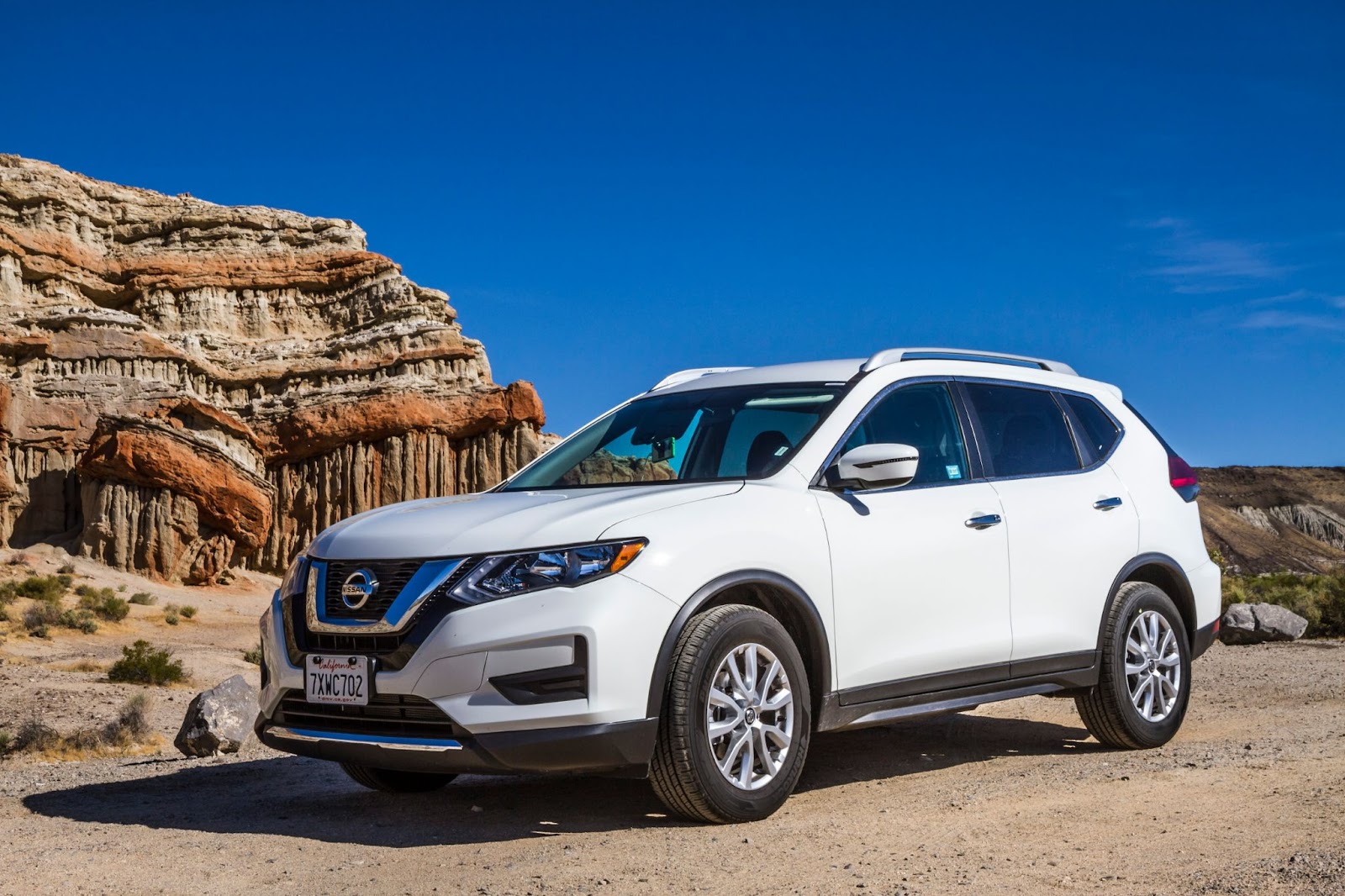
The transmission’s fundamental design prioritizes fuel efficiency over durability, utilizing a steel belt and pulley system that creates greater internal heat and friction than conventional automatic transmissions.
This heat accelerates wear on internal components, particularly the belt and valve body, ultimately leading to the catastrophic failures that define the Rogue ownership experience for many.
Beyond transmission concerns, the Rogue frequently develops electrical issues affecting its sophisticated driver assistance systems. Forward collision warning sensors, blind-spot monitoring cameras, and lane departure warning systems often provide false alerts or cease functioning entirely after just 3-4 years of service.
These safety features, which represent significant value propositions when purchasing the vehicle new, quickly become expensive liabilities requiring replacement of specialized components.
Interior durability presents another area of concern, with seat materials that wear prematurely, dashboard surfaces that develop sticky textures when exposed to heat, and infotainment screens that suffer from touch sensitivity failures.
These quality issues, combined with the looming transmission concerns, create a depreciation curve so steep that many owners find themselves in negative equity situations owing more than the vehicle’s value long before they’ve completed their financing terms.
5. Mini Cooper S
The Mini Cooper S embodies the classic automotive dilemma of style versus substance, delivering undeniable charm and spirited handling while simultaneously disappointing owners with its fragile mechanical nature.
This premium compact car, particularly models produced between 2007 and 2016, developed a reputation for requiring major repairs well before 60,000 miles, transforming what should be carefree motoring into a stress-inducing cycle of expensive dealership visits.
The turbocharged engine in the Cooper S models represents its most significant reliability liability, with timing chain failures occurring with alarming frequency.
This critical component, designed to last the lifetime of the engine in most modern vehicles, frequently stretches or breaks in these Minis, causing catastrophic engine damage when failure occurs.
Warning signs include a characteristic “death rattle” sound from the engine, a noise that experienced Mini owners recognize with dread, knowing it signals imminent failure and repair bills often exceeding $4,000.
Water pump failures represent another common issue, typically occurring between 40,000 and 60,000 miles far earlier than expected in a modern vehicle.
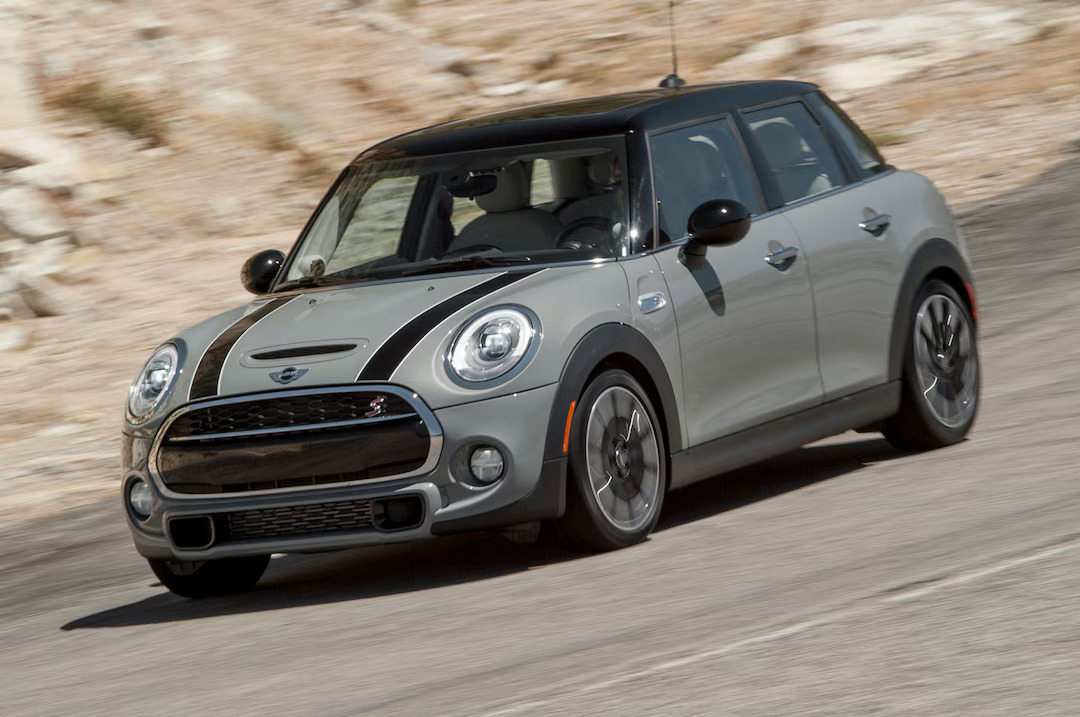
When these pumps fail, they often leak coolant onto sensitive electronic components, creating a cascade of secondary electrical failures that compound repair costs.
Similarly, the high-pressure fuel pump demonstrates poor durability, with failures manifesting as rough idle, stalling, and severe power loss that leaves owners stranded while facing replacement costs approaching $1,000.
The Cooper S’s electrical system presents numerous reliability concerns, with power window regulators, central locking mechanisms, and dashboard electronics failing at rates far exceeding industry averages.
The expensive xenon headlight assemblies frequently develop moisture intrusion issues that necessitate complete replacement rather than simple bulb changes, adding to the vehicle’s already substantial maintenance burden.
Perhaps most frustrating for owners is the Mini’s cooling system fragility, with plastic components that become brittle prematurely and often crack without warning.
These failures can quickly escalate to overheating situations that cause permanent engine damage if not addressed immediately.
This combination of high purchase price, expensive maintenance requirements, and troubling reliability issues creates a particularly painful ownership proposition a stylish vehicle that regularly breaks hearts and budgets before reaching its fifth birthday.
Also Read: 5 Family Cars That Last and 5 That Constantly Need Work

